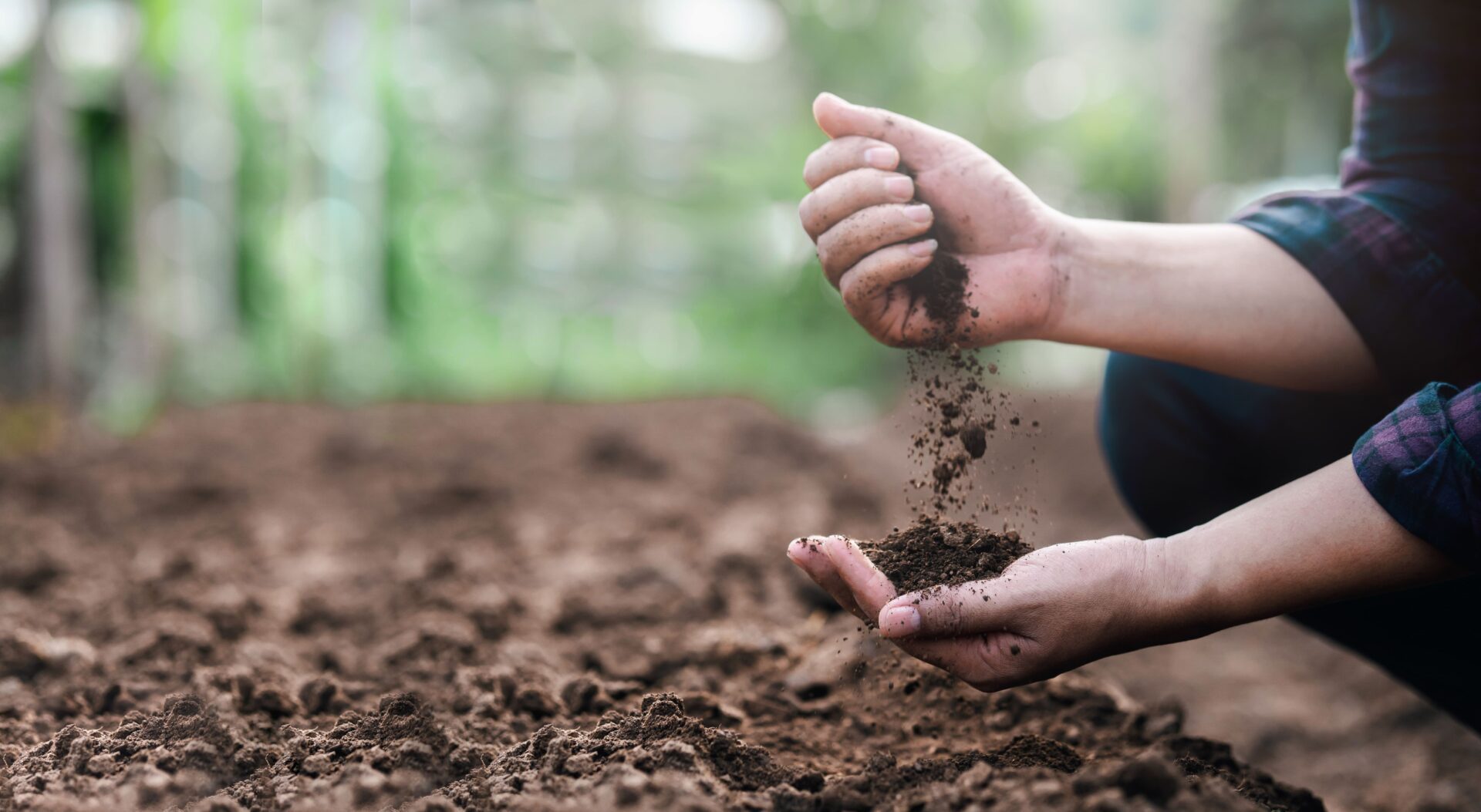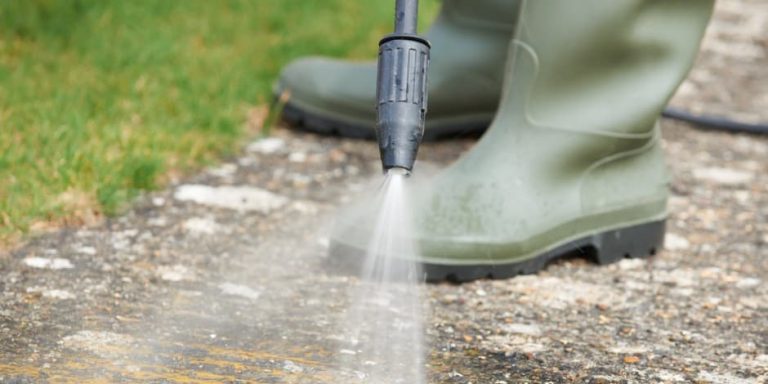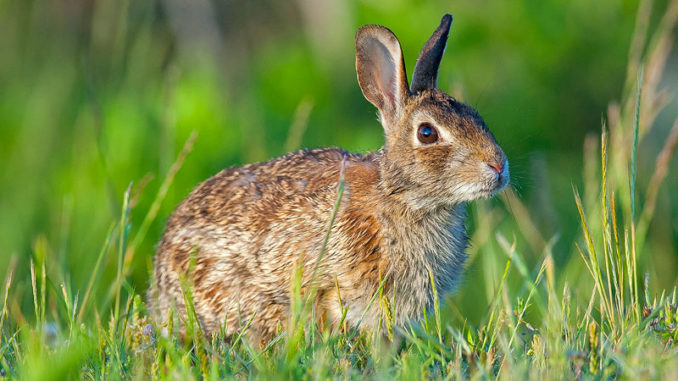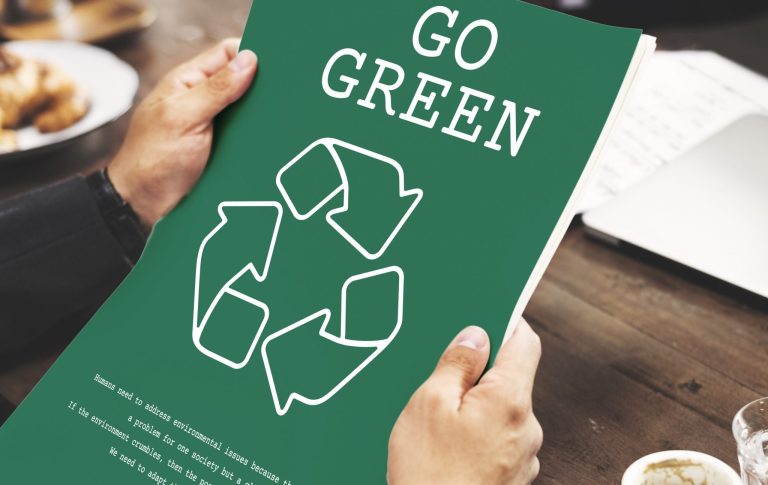
Power washing may seem harmless—just water and pressure cleaning off dirt—but the environmental consequences go far deeper than most people realize. One of the most overlooked side effects of frequent pressure washing is the damage it can cause to native plant life and soil health. 🌿💧
While it’s a powerful tool for cleaning, improper use can disrupt delicate ecosystems right in your yard, especially when done near landscaped areas, gardens, or natural vegetation. In this article, we’ll explore the ways power washing affects plants, soil, and the long-term health of your outdoor environment.
💦 Water Pressure and Plant Damage
The first and most obvious threat comes from the sheer force of the water. Most residential pressure washers range from 1,500 to 3,000 PSI (pounds per square inch), which is more than enough to:
- Shred leaves and stems
- Break branches or stalks
- Strip bark from young trees
- Knock over potted plants or seedling trays
Even hardy native plants—designed by nature to withstand harsh conditions—can be injured by direct or indirect spray. Native wildflowers, shrubs, or groundcovers that border walkways or patios are especially at risk when homeowners don’t use proper direction or distance.
🧪 Chemical Cleaners and Plant Toxicity
When power washing, many people use soaps, surfactants, or chemical cleaners to remove stains, mold, and mildew. While some products are biodegradable and plant-safe, many contain:
- Bleach
- Phosphates
- Solvents
- Artificial fragrances
- Surfactants that disrupt water absorption
These substances can drip or splash onto nearby foliage, or soak into the soil, causing root burn, discoloration, or even plant death. 🌼☠️
Native plants—which have evolved without exposure to synthetic chemicals—can be especially vulnerable. Even trace amounts of detergent runoff can disrupt plant hormone production or reduce flowering and fruiting cycles.
Browse Amazon Here For Eco-Friendly Pressure Washing Detergents
🌍 Soil Compaction and Erosion
In addition to harming plants directly, pressure washing can also degrade soil structure. High-pressure water directed at the ground compacts topsoil, which reduces its ability to absorb water and air—two things plants desperately need. This leads to:
- Poor drainage
- Reduced microbial activity
- Increased surface runoff
- Weak or shallow root development
In extreme cases, pressure washing can even wash away topsoil entirely, especially on sloped areas or near garden beds. This eroded soil doesn’t just disappear—it often carries with it fertilizers, pesticides, and pollutants that can enter storm drains and nearby waterways.
🐛 Impact on Soil Biodiversity
Healthy soil is alive. It’s teeming with microbes, fungi, worms, and insects that all play a crucial role in supporting plant life. High-pressure water, especially when combined with chemicals, can wipe out this hidden ecosystem.
When soil biodiversity is reduced:
- Nutrient cycling slows down
- Organic matter breaks down more slowly
- Plant disease resistance declines
- Weeds may begin to dominate
This can throw off the delicate balance that native plants depend on to thrive.
💧 Runoff and Overwatering
Power washing can dump hundreds of gallons of water into one area in a short amount of time. When this water pools or drains toward landscaped areas, it can create an artificial flood condition, leading to:
- Root rot
- Fungal infections
- Soil nutrient leaching
- Washout of mulch and compost
Native plants are typically adapted to local rainfall patterns and well-drained soil—not force-fed water in huge bursts. Over time, this kind of hydrological disruption can weaken your entire landscape. 🧊
🧠 How to Minimize Environmental Damage
Fortunately, there are smart ways to clean your outdoor surfaces without harming nearby plant life or soil quality.
✅ Use Barriers
Before washing, cover nearby flower beds or plantings with drop cloths, plastic sheeting, or cardboard to block spray and splatter.
✅ Choose Plant-Safe Cleaners
Always opt for biodegradable, non-toxic cleaning solutions. Look for labels that say:
- “Pet and plant safe”
- “No phosphates or bleach”
- “100% biodegradable”
✅ Control Runoff
Redirect water away from gardens using berms, sandbags, or gutter extensions. Try to guide runoff toward hardscapes or areas with proper drainage.
✅ Maintain Distance and Angle
Keep your nozzle at least 6–12 inches away from any plant life, and spray at a 45-degree angle to reduce indirect pressure on surrounding areas.
✅ Avoid Washing Near Roots
Try not to power wash directly over tree roots, even if they’re buried. The pressure can compact the soil and stress the tree over time.
🌿 Focus on Native Landscaping Benefits
Native plants are more than decorative—they’re essential to pollinator support, erosion control, and water conservation. Their deep root systems help stabilize soil and improve its structure, while their hardiness reduces the need for fertilizers or pesticides.
But these advantages are lost if they’re damaged during regular maintenance activities like pressure washing. Protecting your native landscape means understanding how your cleaning habits affect more than just appearances. 🐝🌼
🌎 Final Thoughts
Power washing might make your outdoor areas look spotless, but done carelessly, it can leave behind invisible harm. Native plants and healthy soil are two of the most valuable ecological assets you have on your property—don’t trade them for a temporary shine.
With thoughtful preparation, eco-friendly products, and mindful runoff control, you can enjoy clean surfaces and a thriving landscape. Because a healthy environment starts right at home. 🌱✨
Browse Amazon Here For Eco-Friendly Pressure Washing Detergents






